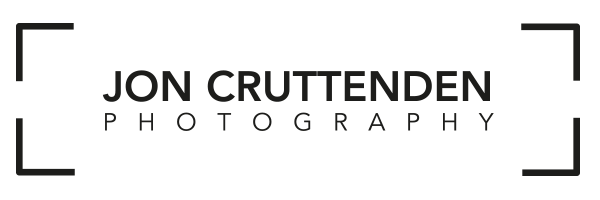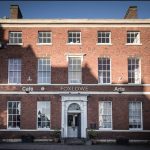Architectural Photography tips: Part 2
In my previous blog – Architectural Photography tips, I talked about practical ways of preventing unpleasant convergence sometimes encountered when photographing buildings – especially tall ones. You can read it here.
If you don’t have a stepladder or a mast, or you have no alternative but to point your camera upwards to avoid cutting off the top of the building… below are the 2 remaining Architectural Photography tips to overcome this problem.
Software:
Convergence
My chosen software for most of my Post Production is Adobe Lightroom. Within this application, in the ‘Develop’ Module, is a panel entitled ‘Transform’ Without going into too much detail, there is a slider marked ‘Vertical’. Move this slider to the left to correct convergence. This will help square up the building by reducing the effect of converging verticals. Don’t go too far, otherwise the image will look unnatural. It’s wise to allow a small amount of convergence in some cases to keep it looking natural, as perfectly vertical lines can look odd when the building is photographed from a close viewpoint.
A note of caution: when shooting in this manner (pointing the camera upwards), it’s important to remember that the software correction method (above, and below) will result in some cropping of the image. The more correction applied, the more cropping will result. So, remember to compose the image with plenty of space to the sides, above, and below the subject. If you don’t, the correction process will cut off the edges of the building.
Divergence.
Divergence can occur when using a mast, when the camera is higher than the centre point of the subject building, and pointing slightly downwards. This will make the building look wider at the top, and is the opposite of convergence. In this case, in order to make the building look more natural, simply move the ‘Verticals’ slider in Lightroom to the right until things look better. Again, allow plenty of space around the subject to allow for post production cropping.

The ultimate solution.
The Tilt/Shift lens.
When the best possible image quality is required, by far the best solution is to use a perspective-correcting lens. This enables you to get the shot right in-camera, reducing the need for corrective measures in post-production. Various focal lengths are available ranging from 17mm, through to 135mm. My personal choice is a 24mm lens, which has a wide variety of applications.
Using a tilt/shift lens.
It’s the ’shift’ function of these lenses that corrects perspective. To start, set the tilt and shift scales to zero – the middle of each scale. Ideally, work with a tripod until you gain more experience with the lens. Frame up the image in the viewfinder. At this point, the camera should be pointing square-on to the front of the building – neither painting up, nor down. Many modern cameras have a built-in spirit level to help with this. Now, you’ll probably notice that you’ve cut off the top of the building. Unlock and shift the lens until the top of the building no longer disappears out of the top of the frame. This will give you perfectly vertical verticals.
However, this may not look quite right, so to introduce a small degree of convergence, point the camera up slightly, and reduce the amount of shift. Play around with a few variations and see what looks most natural – this may be quite subjective. If you can’t fit it all in, move back – you’re too close!

Other Things to Consider
2 other things to consider are that T/S lenses are manual focus only, so you’ll have to focus yourself – ideally before you introduce any shift. An aperture of f1/8 should work well for most situations.
The other thing is that shift introduces exposure problems because the camera’s metering is rendered inaccurate. Images can look either under or over-exposed. Therefore, you’ll need to shoot in Manual mode, or apply exposure compensation in Aperture priority.
The above is a very simplified overview of the use of T/S lenses, and assumes a reasonable degree of competence behind the camera.
If these Architectural Photography tips all sound too much, and you really feel your time is better spent on other things – call me on 07973321346, and I’ll happily take your Architectural photographs for you.
Alternatively, if you’d like more Architectural photography tips, take a look at my Tuition page (here)






